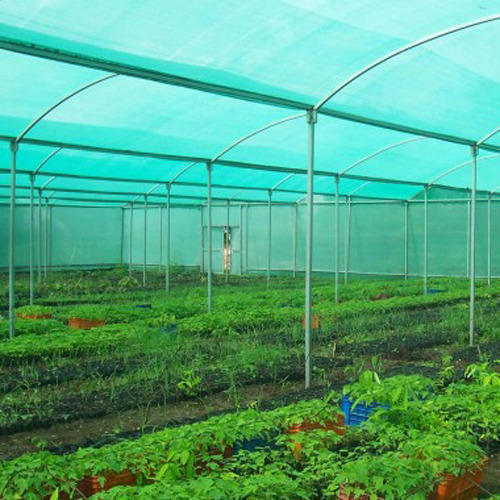- choose healthy seeds for showing.
- The seeds should be treated with recommended fungicide before sowing.
- The continuous raising of the nursery in the same plot should be avoided.
- The topsoil of the nursery should be treated with Carbendazim @ 5 gm/square m. area of the soil and the nursery should be drenched with Carbendazim @ 2gm/litre of water fortnightly.
- Soil solarization by spreading 250 gauge polythene sheet over the bed for 30 days before sowing in summer season should be done.
- Application of bio-control agent Trichoderma viride in soil @ 500 gram/acre is also found effective to control damping-off to a considerable extent.
Disease Free Nursery Raising For Vegetables
Disease Free Nursery Raising For Vegetables:-
- Healthy seed should be selected for sowing.
- The seed should be treated with recommended fungicide before sowing.
- Continuous raising of nursery in the same plot should be avoided.
- The top soil of nursery should be treated with Carbendazim @ 5 gm/square m. are of the soil and nursery should be drenched with Carbendazim @ 2gm/litre of water at fortnightly interval.
- Soil solarization by spreading 250 gauge polythene sheet over the bed for 30 days before sowing in summer season should be done.
- Application of bio-control agent tricoderma viride in soil @ 1.2 kg/ha is also found effective to control damping-off to considerable extent.
Like and share with other farmers by clicking on button below.
ShareIntercropping in vegetables
Intercropping in vegetables:- To utility land and labour effectively and also for getting maximum in come from a unit piece of land, vegetables are used in rotation, successive cropping or inter-cropping or mixed cropping with other crops.The short duration and high yield permits most of vegetable crops for inclusion in mixed or intercropping or in rotation. Growth pattern, growth rate, root distribution, feeding habit, incidence of pests and diseases, market demand etc. should be considered while fitting vegetable crop in crop rotation or mixed cropping.
Cropping plan should not be permanent and it should be flexible considering changes in climate conditions, incidence of pests and disease, market demand, price individual needs of grower etc.
S.No. Name of vegetables intercropped
1.) Tomato – Banana, Lemon, Cotton, Okra, Maize, Marigold
2.) Brinjal – Corrot, cauliflower, fenugreek, cabbage, turmeric
3.) Chilli – Potato, Turnip, Cowpea
4.) Cabbage – Lime, carrot, radish, Brinjal
5.) Cauliflower – Knol-Khol, Spinach, brinjal, maize
6.) Onion -Carrot, Radish, Coriander, Turnip
7.) Garlic -Beet root, radish, carrot
8.) Pea -Sorghum. Maize, Sunflower, Guava
9.) Frenchbean -Brinjal, Chilli, Marigold, Maize
10.) Cowpea -Frenchbean, coriander, Maize, Sorghum, Banana
11.) Okra -Coriander, Cluster bean
12.) Bottle Gourd -Cowpea, Snakegourd, Ivy Gourd, Amaranthus.
13.) Sponge Gourd-Spinash, Tomato
14.) Cucumber -Cowpea, palak, Turnip, sweet pepper
15.) Bitter Gourd- Lima bean, cowpea, parsnip, Lettuce.
Like and share with other farmers by clicking on button below.
ShareSubsidy for vegetable production
Vegetable area extension scheme:- Under the vegetable area extension scheme, 50% of the unit cost for improved/hybrid vegetable crop is in the vegetable seeded crops and maximum amount of Rs. 10000 / – per hectare and vegetable tuberous crops such as: – For the potato, Arbi, maximum Rs. 30,000 / ha is given. There is a provision to know that a farmer can benefit from 0.25 hectare to 2 hectare in the scheme. For more information contact to Senior Horticulture Development Officer at Horticulture Deptt.
http://www.mphorticulture.gov.in/schemes.php
Like and share with other farmers by clicking on button below.
Share

